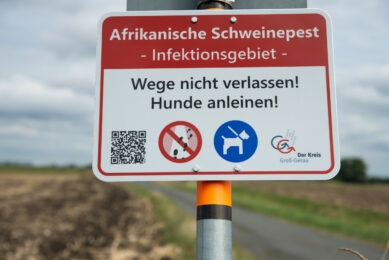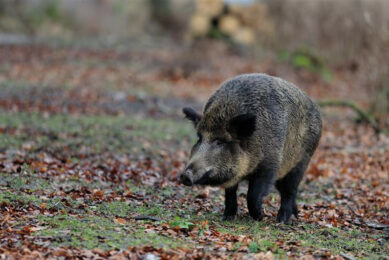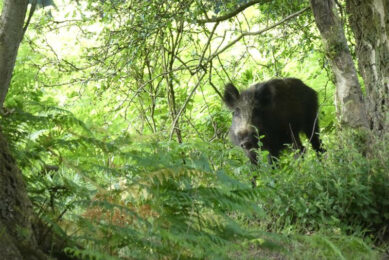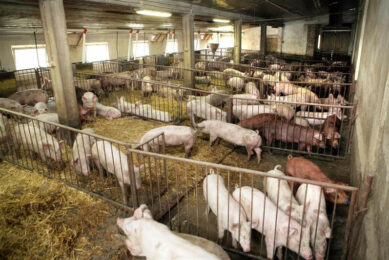Number of ASF cases increasing rapidly in Poland
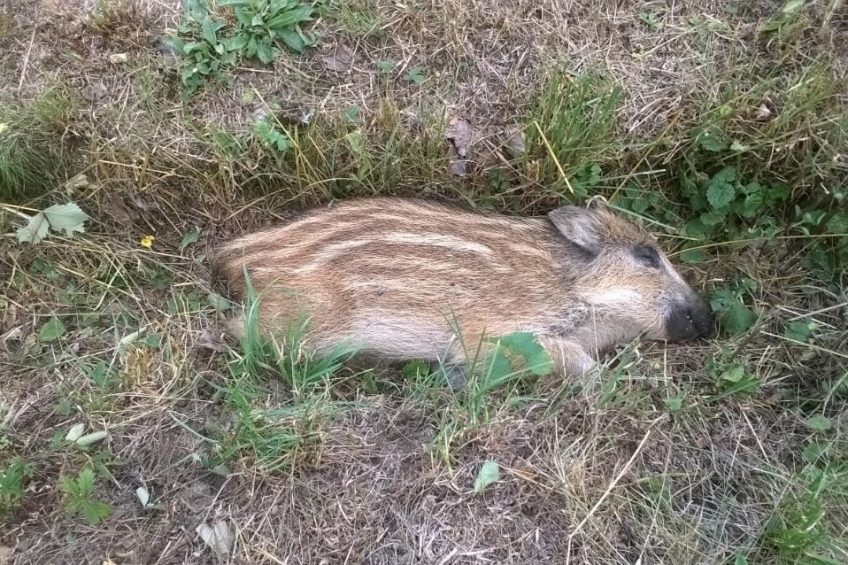
New cases of African Swine Fever (ASF) are being found in Poland with an increasingly high speed. In 2018 alone, until the 20th of February, the Polish authorities found 511 cases of ASF amongst its wild boar population.
In comparison: in the whole of 2017, Poland discovered 741 cases of ASF in dead wild boars, of which 388 in the last quarter.

Find out all there is to know about pig health using Pig Progress’ unique Pig Health Tool
This information was shared by Prof Zygmunt Pejsak, head of the Department of Swine Diseases at the National Veterinary Research Institute in Puławy, Poland. He presented these figures at a meeting on the Polish pig industry in an event in Hegelsom, the Netherlands.
7 areas of African Swine Fever in Poland
Poland is distinguishing in total 7 areas where the virus has been found. In total 5 of these border Belarus and Ukraine and 1 borders the Russian exclave of Kaliningrad. It is likely that wild boar from these countries have introduced the virus into the Polish population. The last area is to be found around the capital Warsaw. Most probably this area got infected by human influence, as ASF is known to travel about 5km per month when circulating in wild boar, Prof Pejsak said.
Wild boar stop roaming around
Infected wild boar do get ill very rapidly and will stop roaming around. Prof Pejsak said that 80% of the carcasses found in fields and forests are infected with ASF; but only 4% in animals hit by cars. Carcasses form the biggest risk as they stay infectious for several months. Disposing of these is therefore essential.
Prof Pejsak said that the virus cannot be stopped amongst wild boar. “Pig producers should keep the virus at bay by biosecurity measures.”



